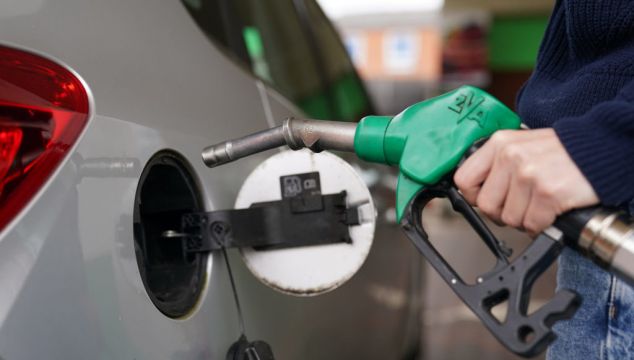“Is there a way I can save money on my fuel costs?” cries pretty much the entire island of Ireland. With fuel prices still surging past the €2-per-litre mark, that’s hardly surprising, and no amount of excise duty cuts will wipe out those price rises, at least in the short term. So the best thing you can do is save money on your fuel costs by changing your driving habits. How? Glad you asked…
Drive less
Well, duh. Obviously driving less will save you on fuel, but of course it’s not really a viable alternative for everyone. For those city-dwellers amongst us, walking, cycling, catching a bus, or taking a train are good alternatives to burning up petrol or diesel, for your pocket as well as for the environment. However, for those of us living in the country, or in towns or cities not served well by public transport, or with small kids to transport, you’re going to have to get the car out eventually.
Hypermiling
"Hypermiling" is the single best way you can save fuel. It’s a highly skilled technique which uses the least amount of energy to drive the furthest possible distances. The results of hypermiling can be astonishing. Even humble family cars can be coaxed into returning figures better than 3.0-litres per 100km with some practice. The catch? It’s a deathly dull way to travel, but equally one where you’ll be on constant tenterhooks. That’s because hypermiling involves driving really rather slowly, and avoiding high constant-speed roads such as motorways. It means coasting as much as you can, sticking to high gears as much as possible, and most of all watching the road way far ahead. Anticipation is the key to hypermiling, because if you have to slow down, you’ll lose all the momentum that you’ve carefully built up, and will then have to burn more fuel to build it back up again. Hills are also your enemy, so this technique is best deployed in Kildare.
Slowing down
This is not what you think. Crawling along at 50km/h on a main road isn’t actually going to save you much fuel. Slowing down means just not speeding. The rough calculation is that a car travelling at 130km/h uses around 25 per cent more fuel than one travelling at 115km/h, so travelling at just under the legal motorway speed limit will save you a bundle of fuel compared to cruising along at just over it (which many of us do — c’mon, fess up…). Going way slower doesn’t really help, simply because engines, and vehicle aerodynamics, are generally tuned to work best at between 80km/h and 100km/h, so just driving normally is the best idea. The trick is to drive as smoothly as possible. If you’ve got a manual car, change up early but do it gently. Brake gently when you need to, and when possible let the car coast (while it’s still in gear). Again, like with hypermiling, this is about preserving your momentum and getting the car to work less hard.
Take the weight out
Got a full boot? Empty it. Carrying weight that you just don’t need means you’ve got to haul that weight up to speed, and then back down again, and then back up again. All of which adds to your fuel consumption. A study by the National Resources of Canada institute found that every 100kg reduction in vehicle weight equals a 0.4-litre per 100km fuel economy improvement. Even if you just took 50kg of weight out of your car, you could save hundreds every year on your fuel costs. An average human weighs around 75kg, so maybe ask Granny to take the bus. Or get everyone to go on a diet…
Get your car serviced
If your car is old and well-used, then a general mechanical makeover could save you lots at the pump. Tyres are the key here — according to Michelin, if your tyres are under-inflated by as little as 14psi, that’s enough to cost you one extra tank of fuel each year. At €2-per-litre, that’s €120 for an average family car. Mechanical servicing helps — fresh air filters help your engine breath more easily, while an oil change can help everything to run more smoothly. All of which helps.
Wind resistance
Got a roof rack or roof box? Get rid of it. Even an empty roof rack can push your fuel consumption up by 15 per cent, while a roof box, even the ones that look all slippery and aerodynamic, can mean 30 per cent more fuel used. Drive with the windows down? Put them up once you’re above 60km/h. Have the air conditioning on? Switch it off below 60km/h. You could clean your car, too. It might not make a huge difference, but a clean, polished car will be a little more aerodynamic than a dirty one. After all, during the Second World War, it was discovered that the famous DeHavilland Mosquito fighter-bomber flew faster if its wooden fuselage and wings were carefully polished…
Go hybrid? Or electric?
These are both good options if you’re looking to change your car anyway, and a carefully-driven hybrid can easily reach the 3.0-litres per 100km barrier if you stick mostly to urban routes, and use the car’s electric power as much as possible. Fully electric cars are even better, of course, but most models available are still at the pricey end of things, and electricity prices are going up too. Mind you, unless electricity prices spiral utterly out of control, you’re still looking at about half the cost-per-kilometre as long as you’re charging at home.







